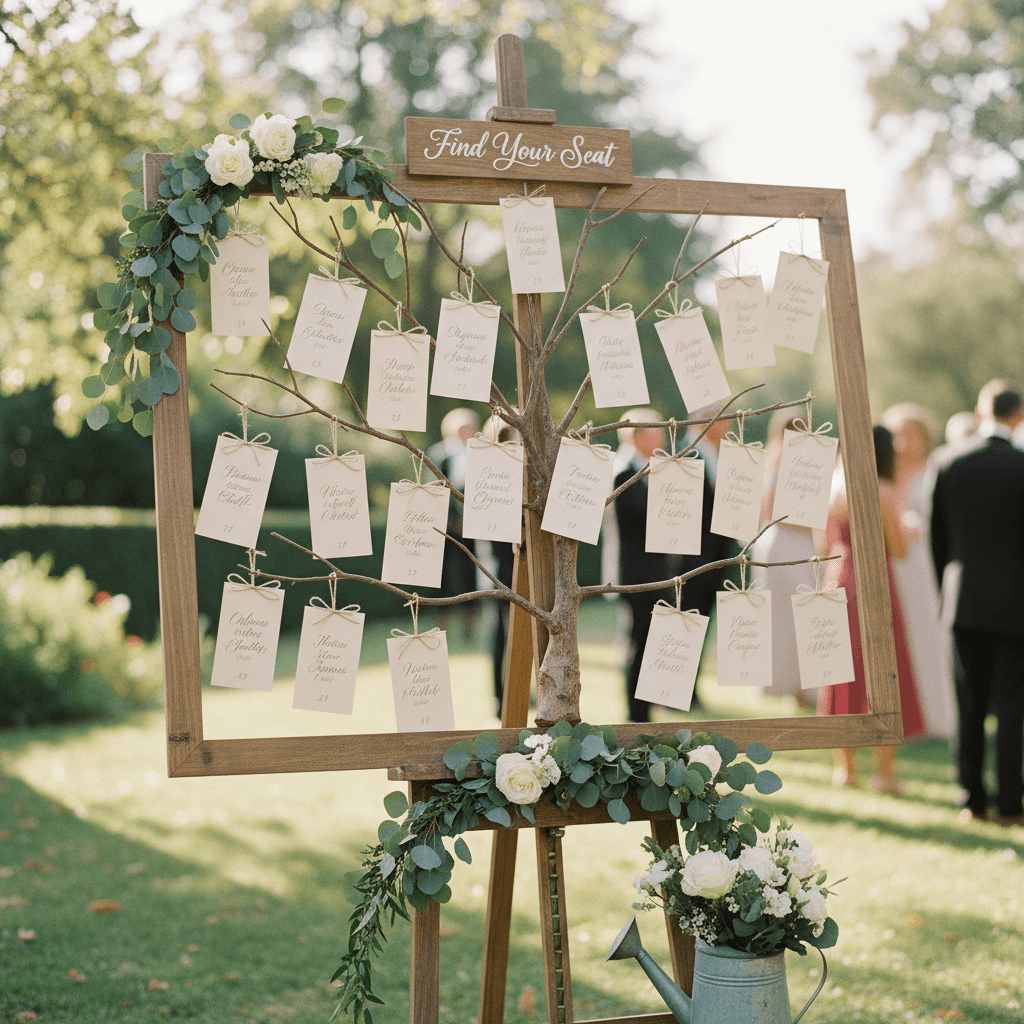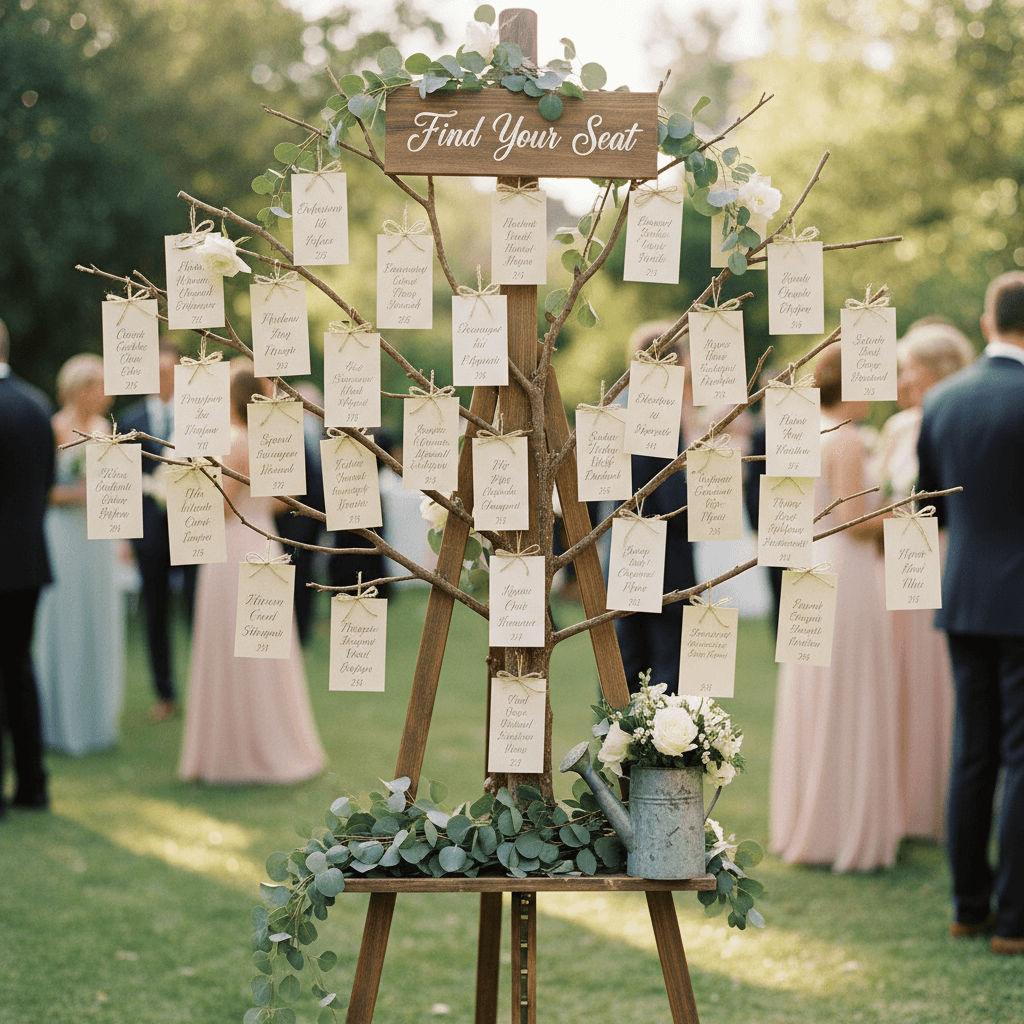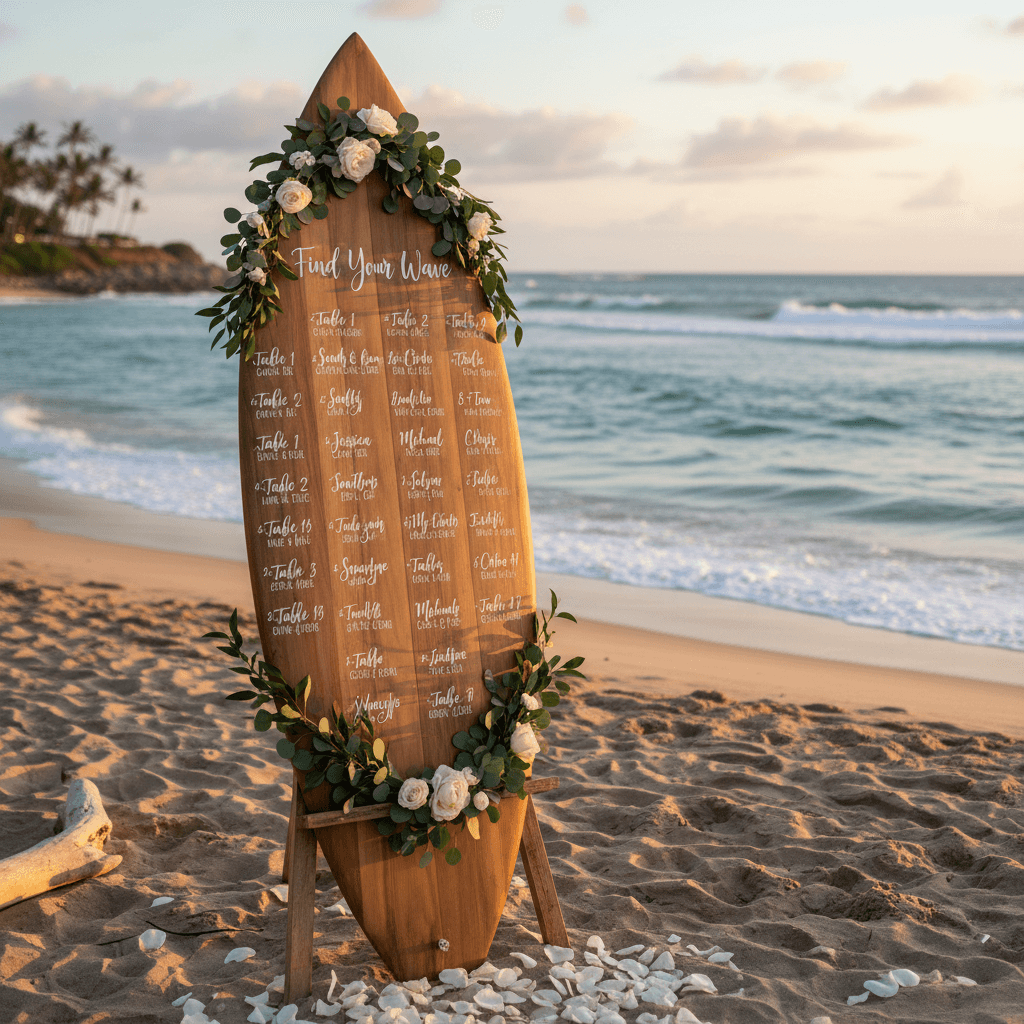Wedding Seating Chart Planning
Master the Art of Wedding Seating Arrangements
Wedding seating chart planning represents one of the most complex and diplomatically sensitive aspects of celebration coordination, requiring couples to balance family dynamics, social relationships, accessibility needs, and venue logistics while creating an atmosphere that encourages conversation, connection, and celebration enjoyment for all guests.
Effective seating arrangements go far beyond simply filling tables – they create social environments that enhance guest experience, facilitate meaningful interactions, and support the overall celebration atmosphere. The most successful seating charts consider personality compatibility, shared interests, age demographics, and relationship histories while accommodating practical considerations like accessibility requirements and venue sight lines.
Modern seating chart planning benefits from sophisticated tools and strategic approaches that help couples navigate complex family relationships and social dynamics while creating arrangements that feel natural and welcoming to guests. The goal is creating seating that feels intentional and thoughtful rather than arbitrary or diplomatically awkward.
Strategic Seating Philosophy and Approach
Successful seating chart development begins with establishing clear principles that guide decision-making when facing difficult seating dilemmas. Some couples prioritize family harmony and traditional arrangements, while others focus on creating dynamic social mixing that introduces guests to new connections. Understanding your priorities helps navigate inevitable compromises and difficult placement decisions.
Social mixing strategies can enhance guest experience by creating opportunities for meaningful new connections while respecting existing relationships and comfort zones. Thoughtful mixing considers shared interests, professional backgrounds, life stages, and personality compatibility while avoiding combinations that might create awkward situations or conversation challenges.
Family diplomacy considerations require understanding complex relationship histories, divorced parent dynamics, generational preferences, and cultural expectations that affect seating appropriateness. Successful family seating balances respect for relationships and traditions with practical considerations like accessibility needs and celebration participation requirements.
Professional Seating Tools
Simplify complex seating arrangements with advanced planning tools at planning.wedding/seating-chart – designed for diplomatic and strategic guest placement.
Wedding Seating Chart Examples
Explore these professional wedding seating chart designs to inspire your own arrangements. Each example demonstrates different approaches to guest placement, table configuration, and venue optimization.

Classic Round Table Arrangement

Mixed Table Configuration

Garden Reception Layout

Intimate Venue Arrangement

Banquet Hall Configuration

Modern Reception Design
Table Configuration and Venue Layout Optimization
Table size and configuration decisions significantly impact both guest comfort and social interaction quality. Round tables encourage inclusive conversation among all guests, while rectangular tables create more intimate conversation clusters but may isolate guests at table ends. Understanding your guest demographics and social objectives helps determine optimal table configurations for your celebration style.
Venue layout optimization considers sight lines to ceremony areas, accessibility for guests with mobility limitations, proximity to restrooms and bars, and traffic flow patterns that affect guest comfort throughout the celebration. Strategic table placement can enhance or detract from guest experience significantly, making venue layout integration crucial for seating success.
Capacity planning must balance guest comfort with venue space constraints while accommodating last-minute guest changes and vendor service requirements. Overcrowded tables create guest discomfort, while too few guests per table can feel sparse and limit social interaction opportunities. Professional capacity planning ensures optimal guest comfort and celebration atmosphere.
Understanding different seating arrangements is crucial for creating the perfect wedding atmosphere. The traditional head table features the wedding party prominently displayed, while sweetheart tables offer intimate couple seating. Family-style arrangements encourage interaction, and cocktail-style receptions provide flexibility for mingling and movement throughout the celebration space.
Modern couples often blend traditional seating concepts with contemporary approaches that reflect their personalities and guest demographics. Mixed seating styles can accommodate different celebration phases, from formal dinner service to dancing and socializing periods. This flexibility allows couples to optimize space usage while creating varied social experiences throughout their celebration.
Advanced Seating Solutions
Discover comprehensive seating chart planning tools and strategic guidance at planning.wedding – designed to help couples create perfect guest arrangements.
Guest comfort considerations extend beyond table assignments to include accessibility accommodations, dietary restriction coordination, and special needs support. Elderly guests benefit from seating near restrooms and away from high-traffic areas, while families with young children need easy access to changing areas and quiet spaces for rest when needed.
Professional seating chart creation involves multiple revision rounds as guest lists evolve and family dynamics are considered more deeply. The most successful approaches involve creating initial arrangements based on guest categories, then refining placement based on individual personality matches and relationship dynamics that support positive social interaction.
Final seating arrangements should be confirmed at least two weeks before the wedding to allow proper place card creation, venue coordination, and any necessary last-minute adjustments. Clear communication with venue coordinators ensures proper table setup and staff understanding of any special arrangements or accessibility requirements.